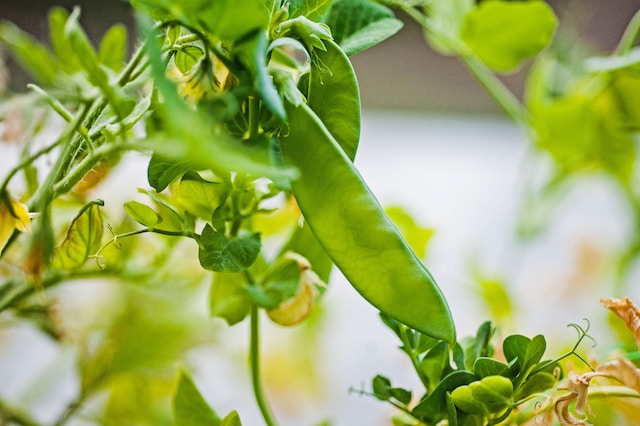Optimizing Spatial Use with Vertical Farming
Vertical farming holds the key to wildlife harnessing crop production, particularly in small-sized greenhouses. By shifting your focus from horizontal to vertical, you open the doors to an entirely different growth space – one that utilizes not just the surface, but every bit of your greenhouse’s volume. Vertical farming systems can be adapted to your personal needs, be it stacked layers or scaffold systems.
Looking at the big picture, vertical farming is more than just smart spacing, it significantly reduces nutrient and water usage. Less soil means less water and the closed environment of a greenhouse reduces evaporation. Furthermore, a well-designed vertical system improves accessibility, facilitating regular monitoring and maintenance. It ensures a strong growth rate, as more plants receive adequate sunlight. According to FreightFarms, vertical farming allows higher plant density and can result in more frequent harvest cycles.
Using New Agriculture Technology for Increased Yield
Modern-day technology offers multiple solutions for maximizing your harvest. LED lighting, for instance, has revolutionized farming by enabling indoor cultivation without dependence on natural sunlight. These lights are energy-efficient and can be tailored to provide specific light spectrum that enhances photosynthesis, accelerating plant growth.
Similarly, climate control systems regulate temperature and humidity to create the perfect growing environment, overcoming seasonal limitations. Autonomous robotics is another game-changer. It offers precision farming while reducing manual labor, cohesively ensuring higher productivity. An insightful piece from Plug and Play highlights the relevance and advantages of such technologies in boosting agricultural yields.
Tech-Driven Monitoring for Efficient Resource Management
Technological advancements in agriculture also offer a plethora of tools for real-time monitoring of crop health and environmental conditions. These tools enable precise resource allocation, significantly reducing waste and enhancing the overall productivity. By monitoring temperature, light, humidity, and nutritional needs of crops in real-time, you can fine-tune the greenhouse environment for optimal growth.
More so, farmers can effectively respond to crop health issues, preventing diseases and pests from reducing yields. This claim is backed by a study from McKinsey, which discusses how the integration of technology can pave the way for a new realm of growth in agriculture.
Advanced Techniques for Crop Selection and Rotation
Smart crop selection can significantly contribute to yield maximization. Choosing crops that are well-suited to your greenhouse environment, considering factors like temperature, humidity, and light requirements, can speed up the growth cycle and improve plant health, maximizing harvests.
Moreover, the age-old practice of crop rotation has numerous benefits even in confined greenhouse spaces. It promotes healthier soil by helping replace nutrients absorbed by previous plants, discourages pests and diseases that tend to linger after compatible crops, and even assists in the control of weed growth.
Optimizing Harvesting and Post-Harvest Techniques
Increasing your yield isn’t just about growth – it’s about retaining quality during and after harvesting. Proper timing, utilizing the correct tools, and adopting careful techniques to harvest can make all the difference. Over or under-ripe crops can quickly degrade in quality, while careless harvesting methods can easily damage plants.
Post-harvest, it’s important to cool and store crops correctly. Regular checks for spoilage and damage can save the rest of the harvest from potential threats. Whether you’re farming for personal use or commercial purposes, the goal will always be delivering the highest-quality harvest – and ensuring the well-being of our planet in the process.

